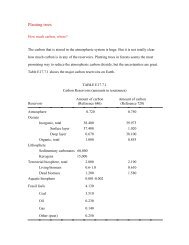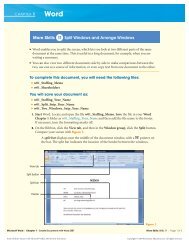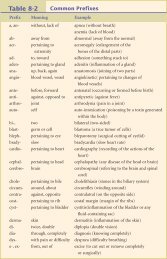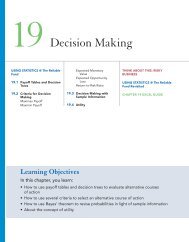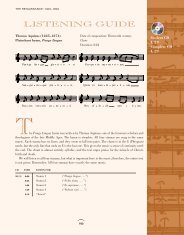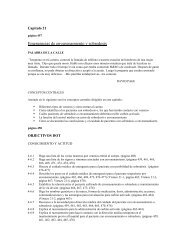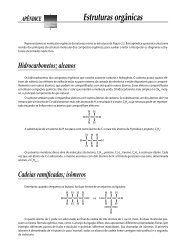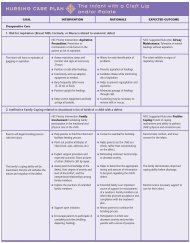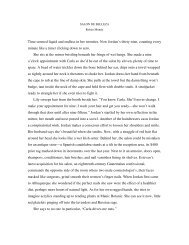WEBSITE ACTIVITIES DIANE K. ELLIS AAC CONSULTANT ...
WEBSITE ACTIVITIES DIANE K. ELLIS AAC CONSULTANT ...
WEBSITE ACTIVITIES DIANE K. ELLIS AAC CONSULTANT ...
Create successful ePaper yourself
Turn your PDF publications into a flip-book with our unique Google optimized e-Paper software.
(Appendix A – "Structuring the Learning Environment")<br />
1. Structured Teaching Strategies: The focus of these types of structured<br />
teaching strategies target the "antecedents" of a student's behavioral<br />
challenges. Visual structure is provided through visual organization, visual<br />
clarity and visual instruction. Visual clarity could include color coding, tape,<br />
and picture/word labeling. The use of library book pockets, folders, cardboard<br />
dividers and file trays are examples of visual organization strategies. Visual<br />
Instruction can be given with picture/word cues cards, break cards, foot<br />
prints on the floor and arrows.<br />
• Physical Structure – use visual cues, minimize distractions and structure<br />
the learning environment to promote independence. There are many ways<br />
to structure the environment including the use of colored tape to mark<br />
areas, shapes/marks on the floor to designate where to stand/sit, move<br />
furniture to set up distraction free work areas, use colors/printed words to<br />
label and structure work tasks.<br />
• Picture/Word Schedules – supports receptive language skills and are used<br />
to visually tell students when activities occur, to aid in transitions and to<br />
establish routines. Schedules can be objects, pictures -photos or colored<br />
symbols or written.




